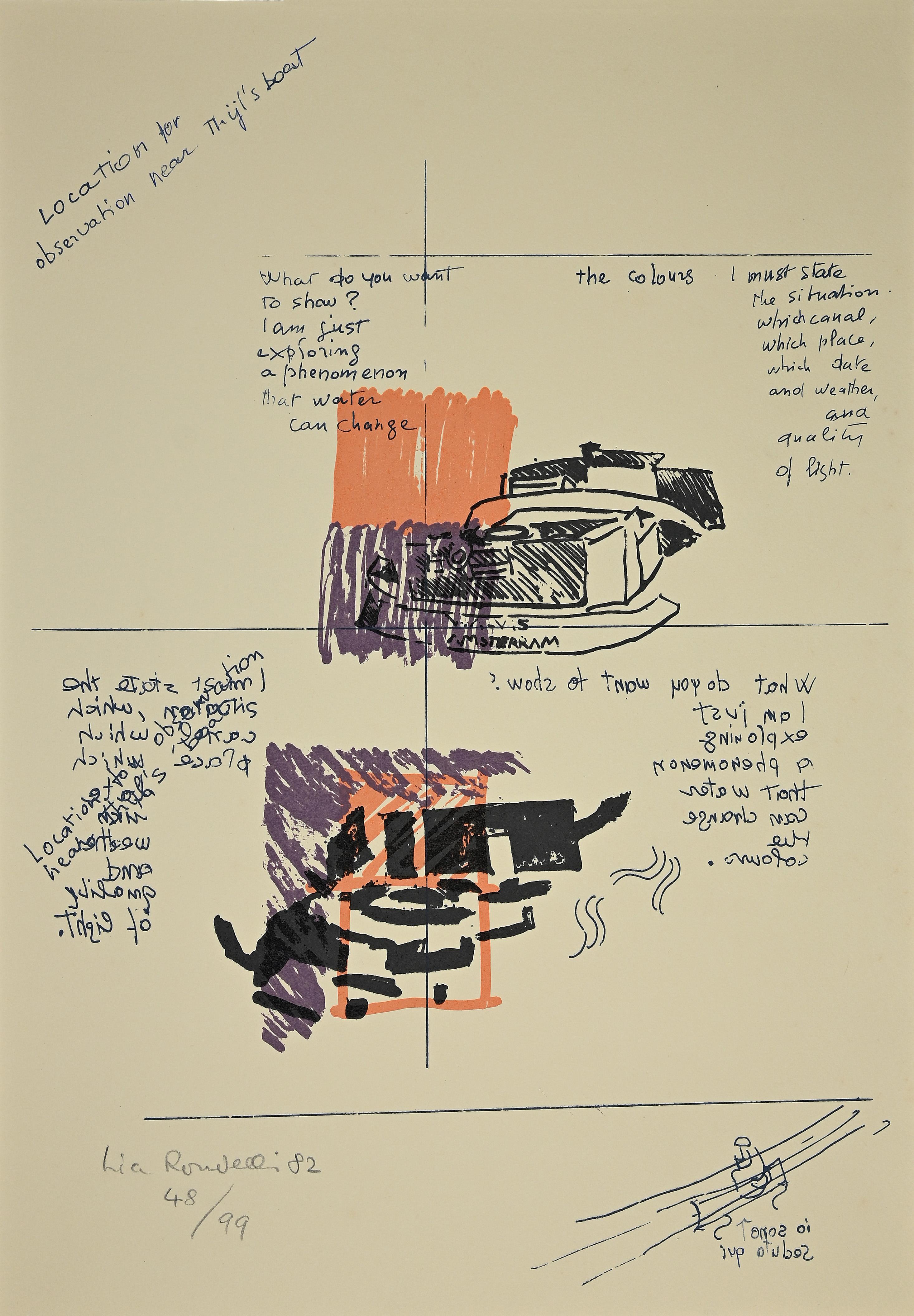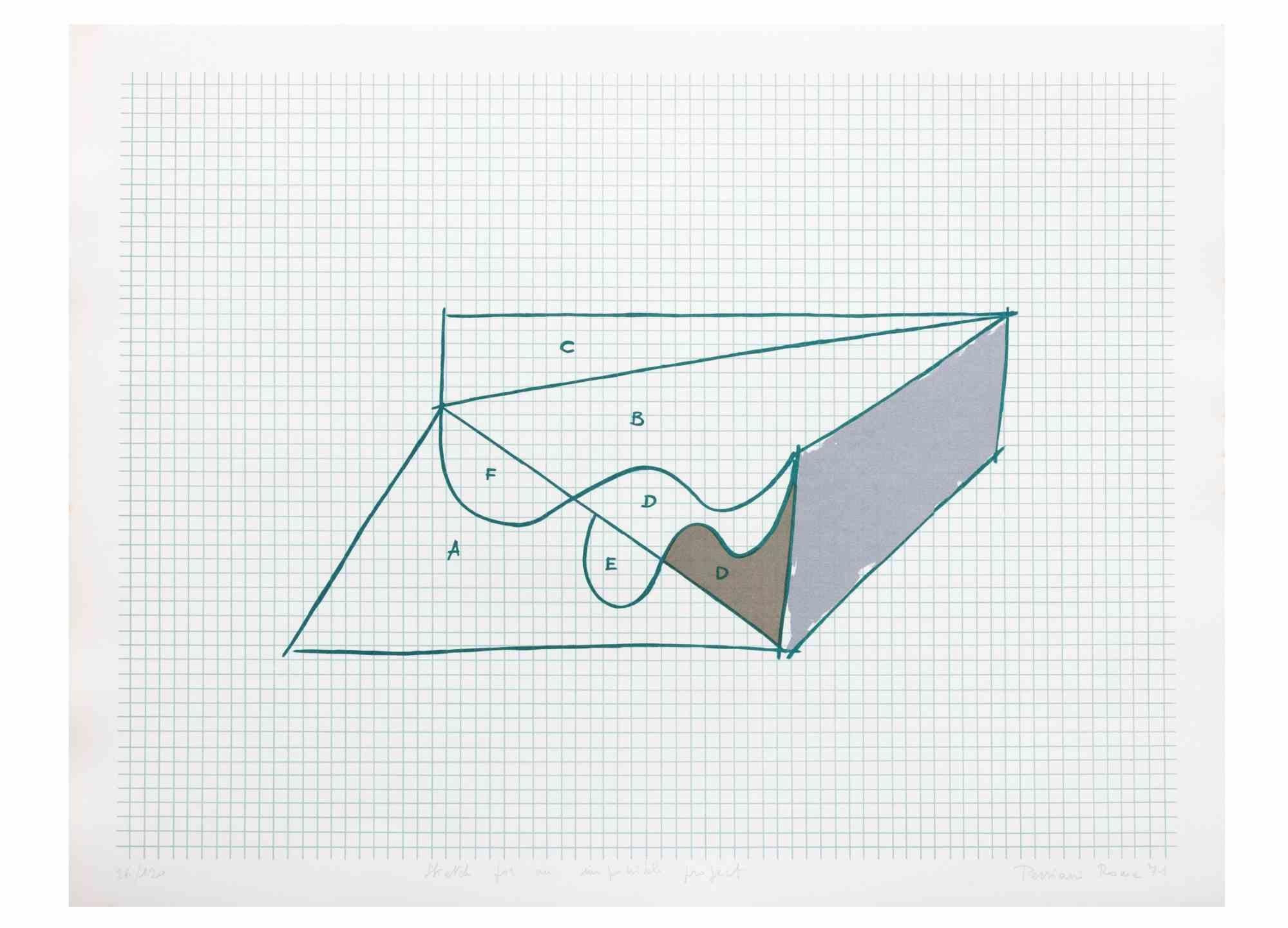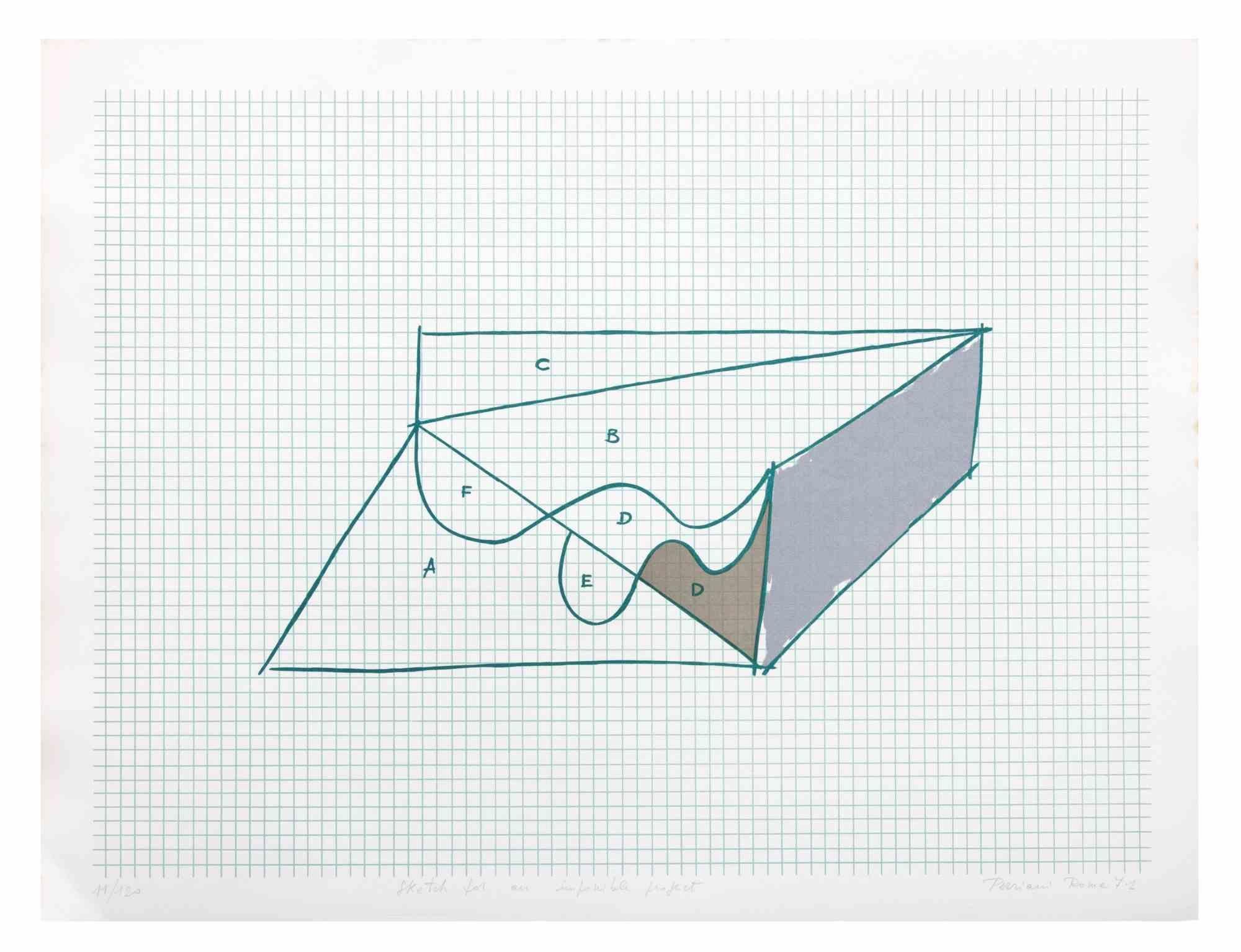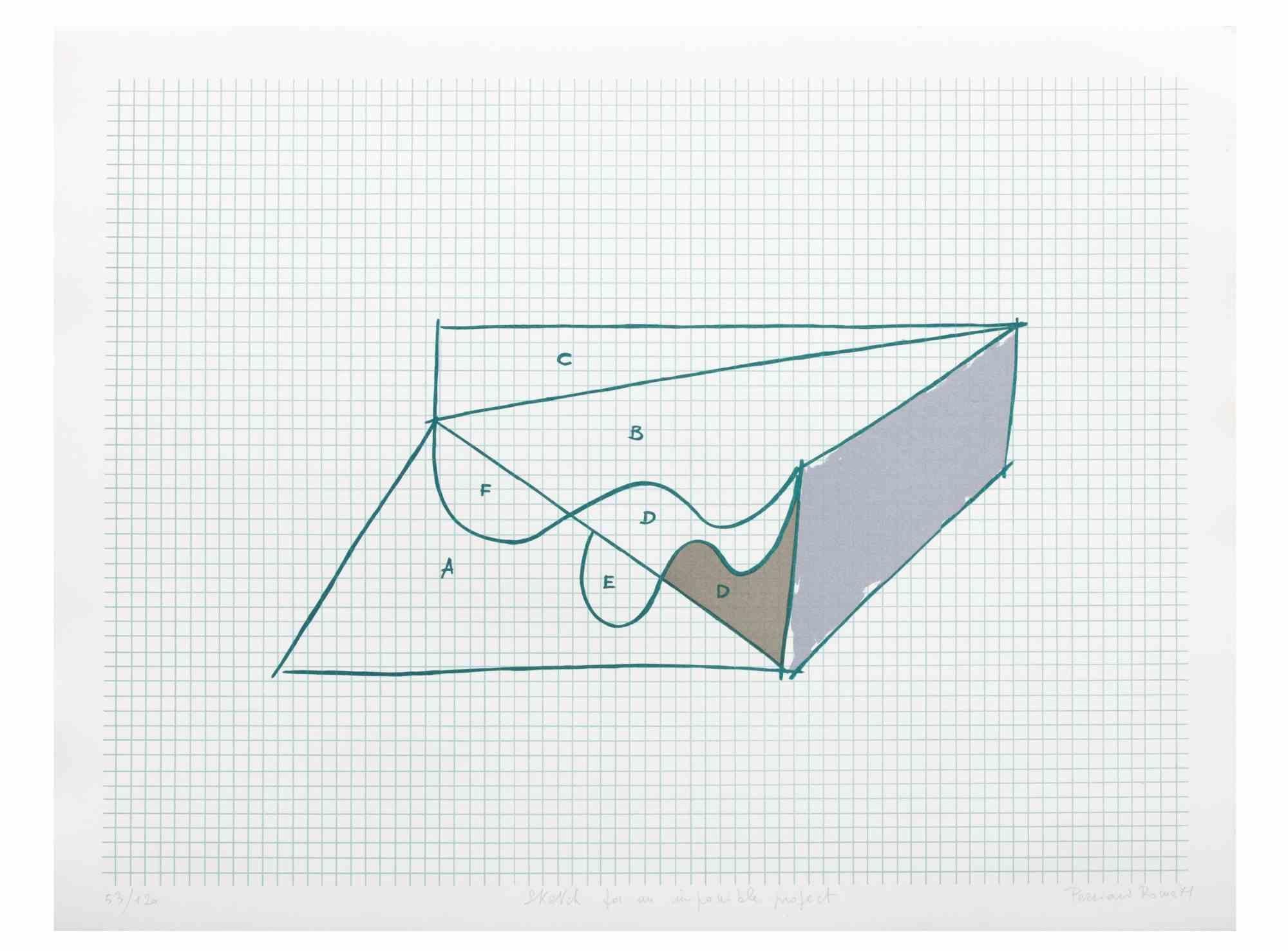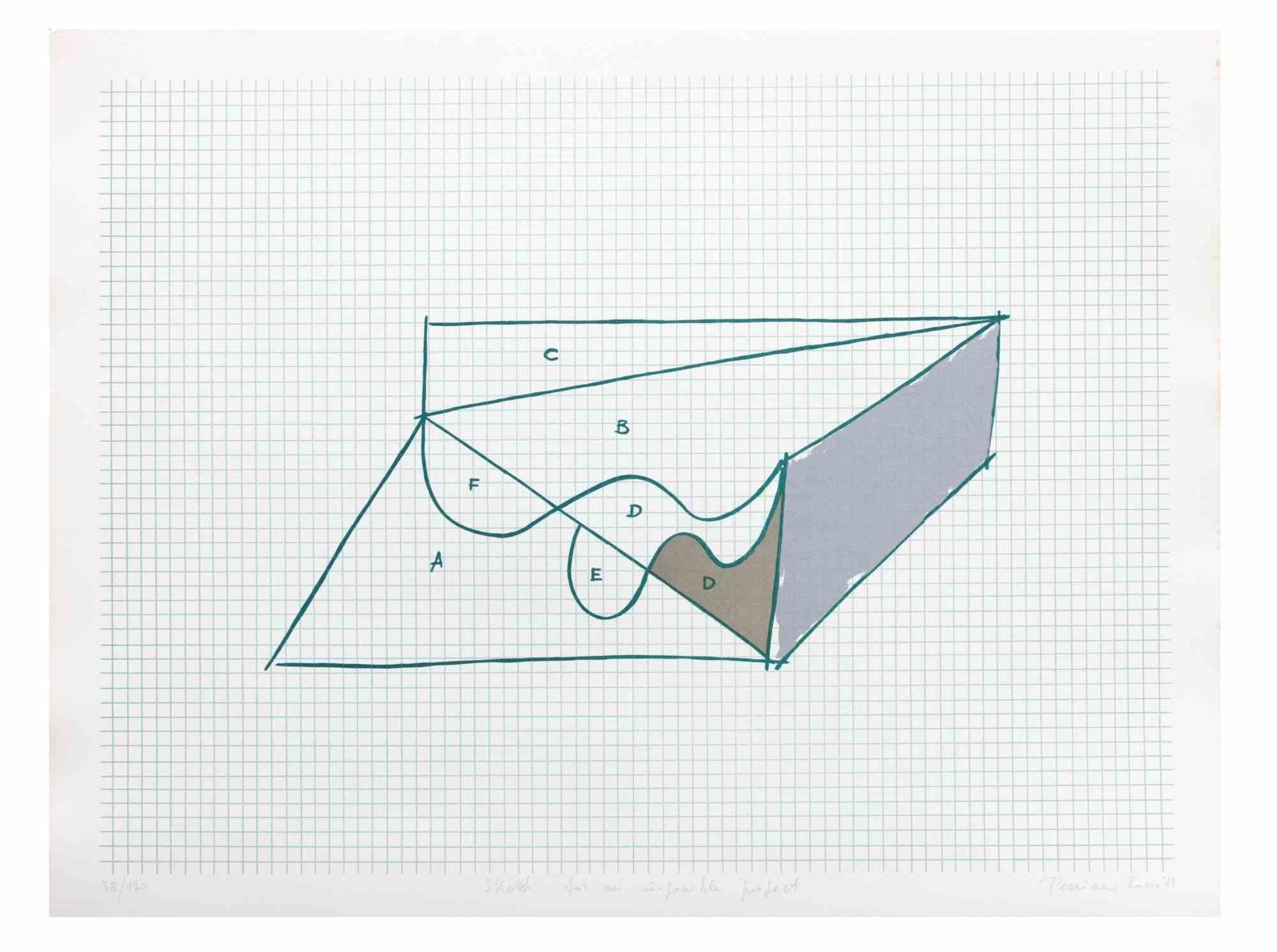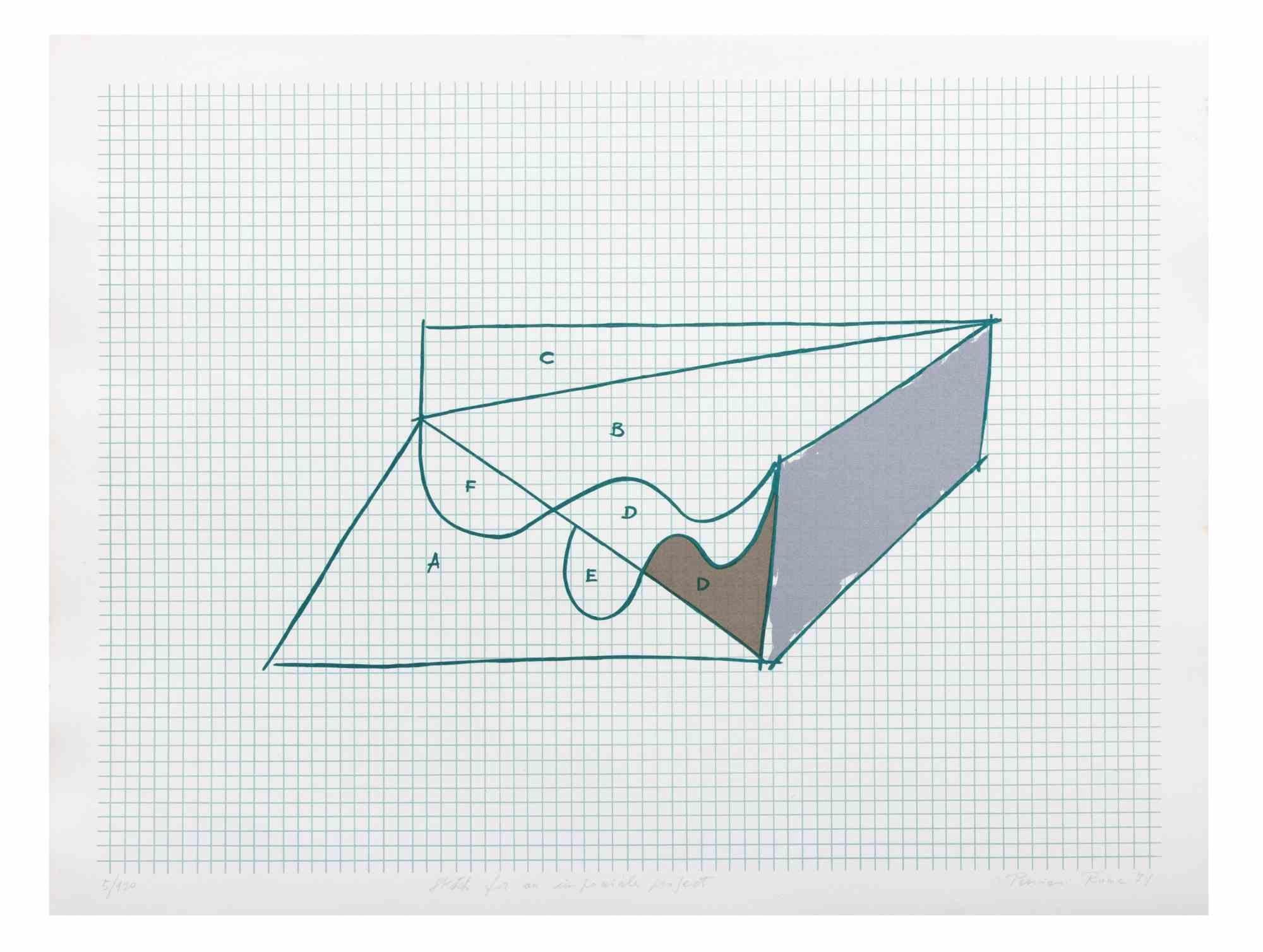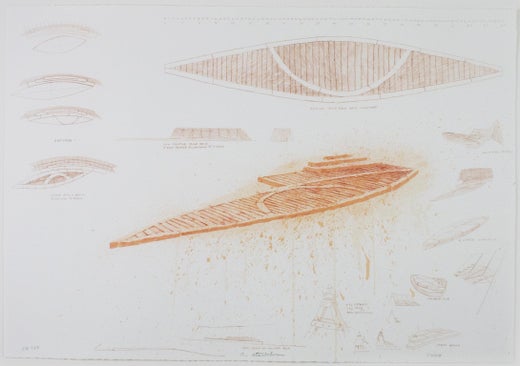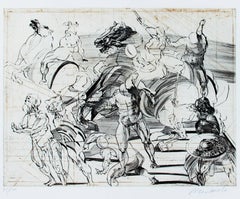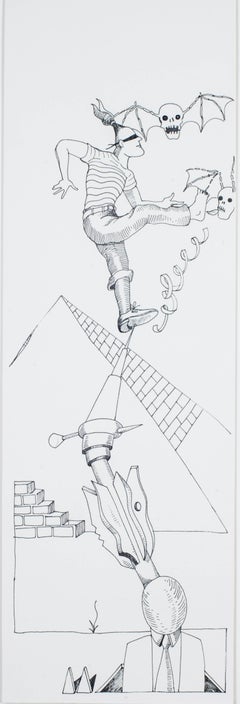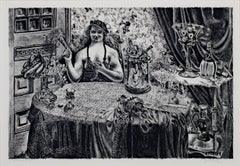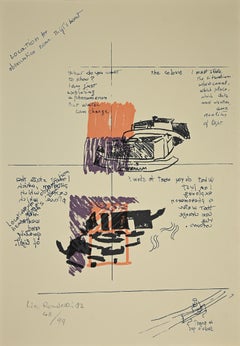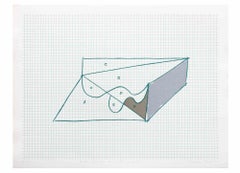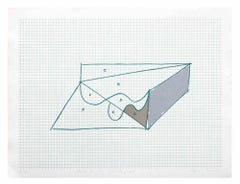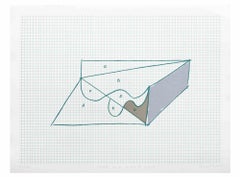Robert Stackhouse"Working Drawing for an Unfinished Project, " Lithograph by Robert Stackhouse2000
2000
About the Item
- Creator:Robert Stackhouse (1942, American)
- Creation Year:2000
- Dimensions:Height: 21 in (53.34 cm)Width: 30 in (76.2 cm)
- Medium:
- Movement & Style:
- Period:
- Condition:
- Gallery Location:Milwaukee, WI
- Reference Number:Seller: 5013d1stDibs: LU60533284981
Robert Stackhouse
Robert Stackhouse was born in 1942 in Bronxville, New York. He is an American artist and sculptor. Stackhouse graduated with a bachelor's degree from the University of South Florida in 1965. He later earned a master's degree at the University of Maryland, College Park in studio art. USF Contemporary Art Museum contains an archive of his work, with copies of all of his prints throughout his career. "Drawing is an integral part of my work,” Stackhouse has written. "Source drawings, plans for sculptural projects and documentation of finished installations fill the majority of my studio time. Because I originally studied painting, I conceive of my sculptures two-dimensionally rather than in three dimensions. I see them as pictures, not volumetric structures". Stackhouse calls his work a self-portrait and says that the source of his imagery is "change as in growth, life and death, journeys, knowledge and transformation. The sources I draw are ships, serpents and shadows” he adds. "These source images can appear at any time on my project plans or documentation drawings. My drawing chronicles my method. Making my sculpture is an experience, drawing is my skill. The esthetics of drawing and sculpture are very different,” he adds. "In two dimensions, I'm king of the cosmos and can do anything I please. In three dimensions, I must follow the rules or the piece falls apart". He calls his work a kind of dialogue between the sculptures and the drawings. Stackhouse never shows his heart in his work. His visual vocabulary and approach to making art have remained remarkably consistent since his professional career began in 1969. Stackhouse believes that an artist can work fruitfully with just a few forms. "Whenever I get stuck", he says, "I draw snakes to get myself started again." Stackhouse makes drawings that are huge, up to 12 feet tall, poster-like and theatrical, with the imagery centered in a frame and dramatically lit. He draws the frame in pencil and writes the title of the drawing and his name in big letters across the bottom. "Theater had a huge impact on me at an early age,” he explains, "I was a stagehand type in college. I designed and built sets, acquiring skills I would later use to fabricate sculpture.” Stackhouse’s drawings can be termed expressive and functional. He makes them primarily for himself, often in uncommercial sizes and he can be ambivalent about selling them. Functional works like smaller drawings, watercolors and prints, he sells to make his living. Also included in this category are documentary drawings and work-related notebooks. In 32 years, Stackhouse has produced so much important work that a modest retrospective selection filled a museum to the bursting point. At a time in his career when he has earned the right to relax, this artist continues to challenge himself. He wants to start painting again, something he has not done since art school. "What really attracts me,” he says, "is an unanswered question.”
- ShippingRetrieving quote...Shipping from: Milwaukee, WI
- Return Policy
More From This Seller
View All1970s Modern Figurative Prints
Drypoint, Etching
1980s Surrealist Figurative Drawings and Watercolors
Ink, Illustration Board
1940s American Modern Figurative Prints
Lithograph
1990s Surrealist Figurative Prints
Etching, Aquatint
1970s Abstract Prints
Etching, Aquatint, Carbon Pigment
1990s Portrait Prints
Lithograph, Ink
You May Also Like
1980s Contemporary Abstract Prints
Lithograph
1970s Contemporary Abstract Prints
Lithograph
1970s Contemporary Abstract Prints
Lithograph
1970s Contemporary Abstract Prints
Lithograph
1970s Contemporary Abstract Prints
Lithograph
1970s Contemporary Abstract Prints
Lithograph
